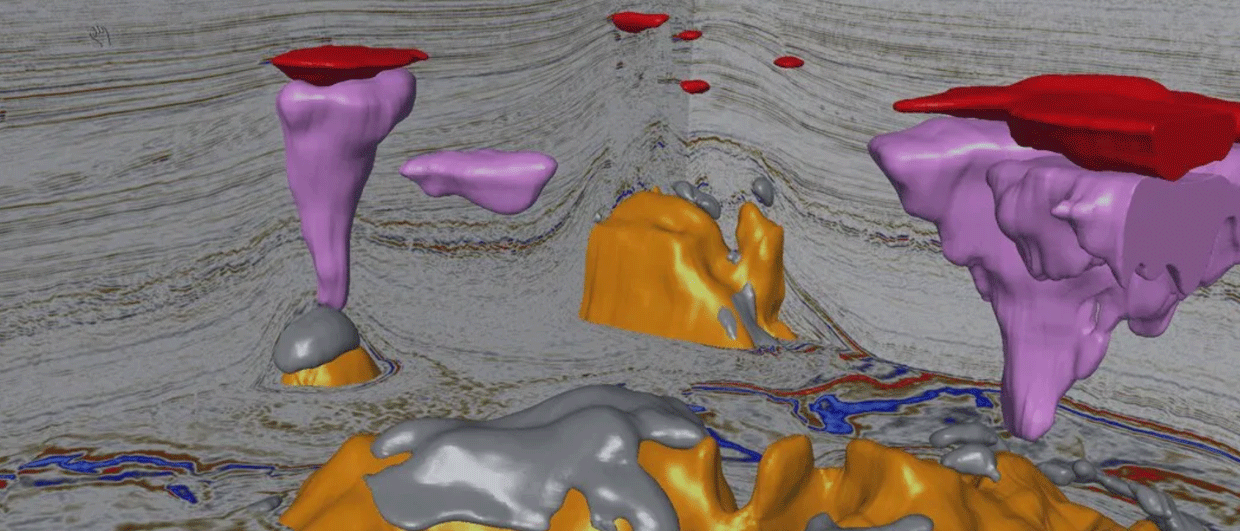Putting documents and presentations on a map isn’t anything new. To do this we can just look up our various place names (known as “toponyms”) and then when these names are found in documents, attach the needed geometries. For example, a final well report for 15/9-B-24 can reliably be placed on a map within the Sleipner field. So can PowerPoint presentations mentioning the Sleipner wellbores, the PL018 license, and any document mentioning Sleipner itself.
Simply putting documents on a map based on a single toponym like a wellbore leads to many results at the same location in a large database and it is hard to identify which ones are the most useful or relevant at any given location. Using a map-based approach offers limited additional benefit.
Asking the right questions
Finding a better solution was not obvious and has not been tried in this way before. To tackle this challenge, we embarked on a research project with a major operator in Norway. The research project began by trying to break down the problem into key questions. What do we mean by “document relevance”? How do I find regional reports? What is needed to make the map useful as a filter for documents?
We could see that a new ranking algorithm for document relevance was needed. Counting most of the different toponyms in a document and scoring
them by page occurrence (early in the document gives higher score) and toponym type (e.g. wellbores, fields, structural elements) allowed us to build a configurable algorithm that reliably ranks the most location-relevant documents in a given search area. The user can then click the ranked documents
and see the toponyms associated with that document highlighted on the map.
Introducing spatial statistics
The location-relevance-enabled sorting is a very large improvement over the previous geolocation systems, but we felt it could be made better if the tool would also be able to differentiate if a report is regional i.e. the content deals with a large geographical area or if it is a local report that for example only deals with one specific wellbore. A spatial statistics approach was adopted to calculate the regionality of any document and the user has the option to filter for regional or local documents with a handy slider bar on the map.
Based on this success, we are now adding this functionality into the Kadme Lumin document engine, such that other companies can benefit from the research. Finding the most relevant documents from the exact location of interest and that contain the chosen keywords has never been easier.





